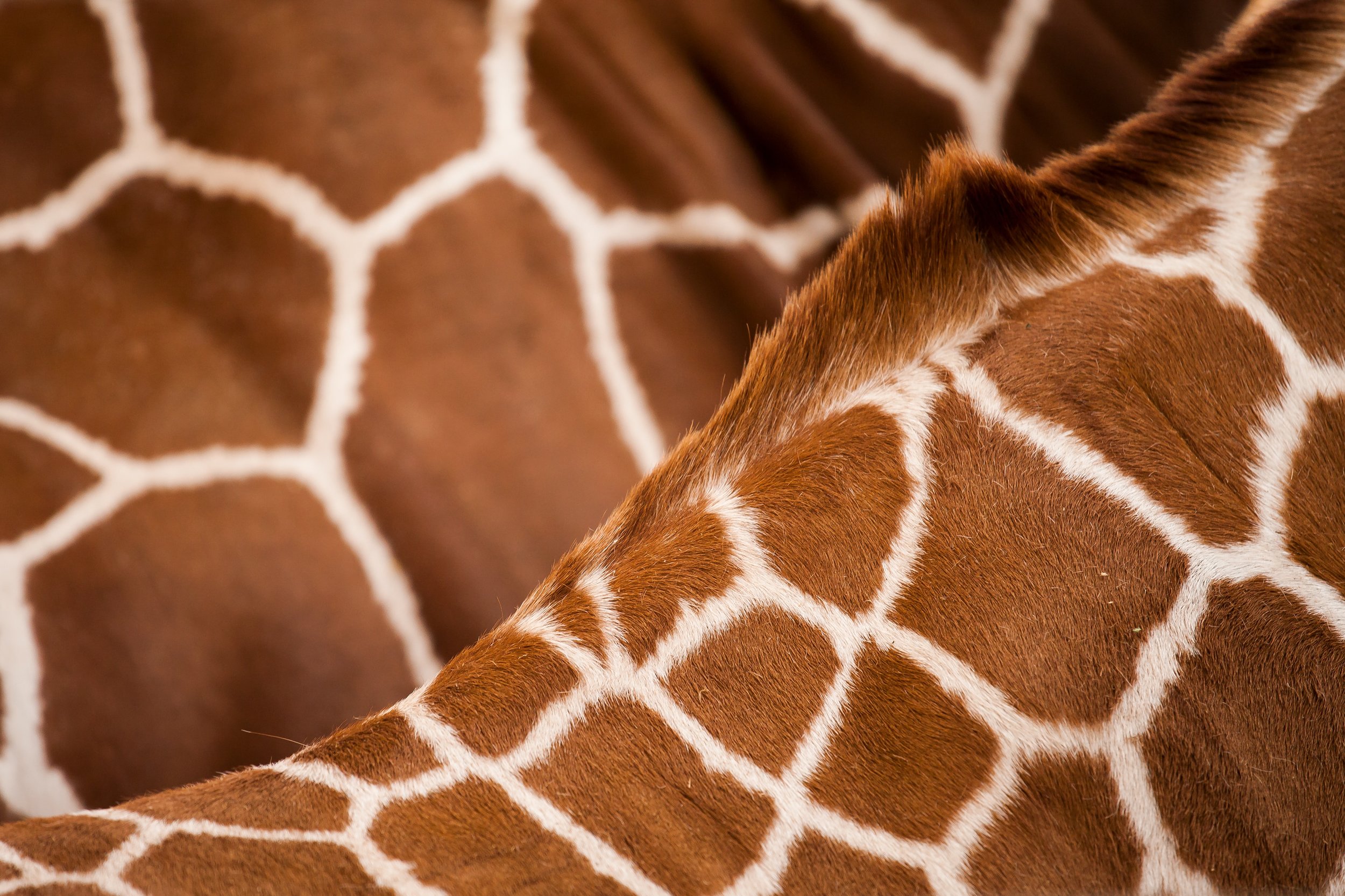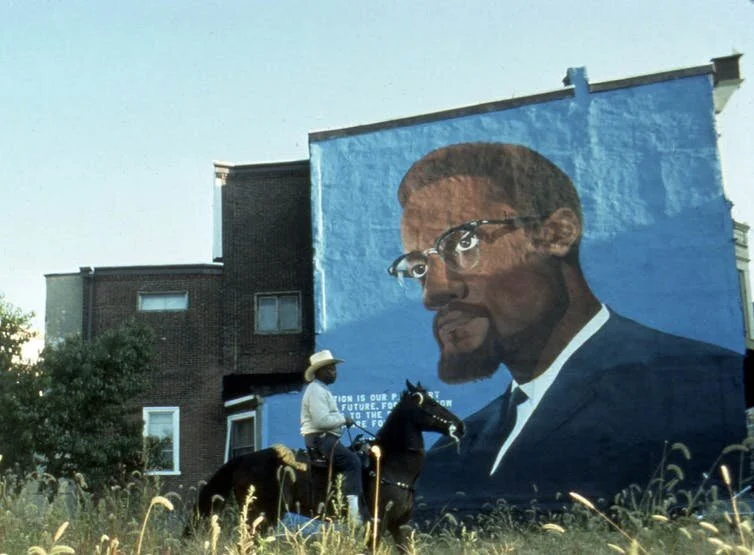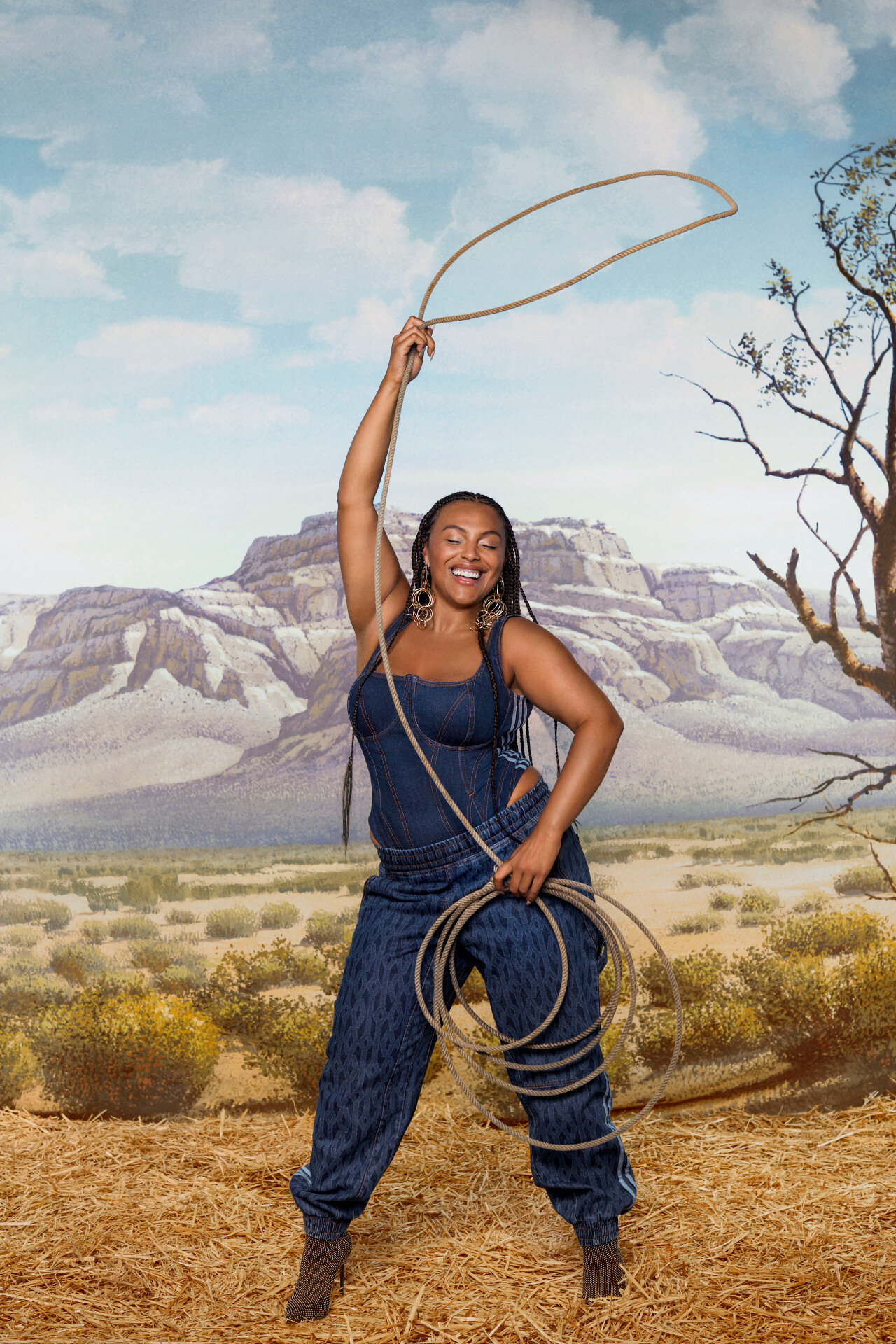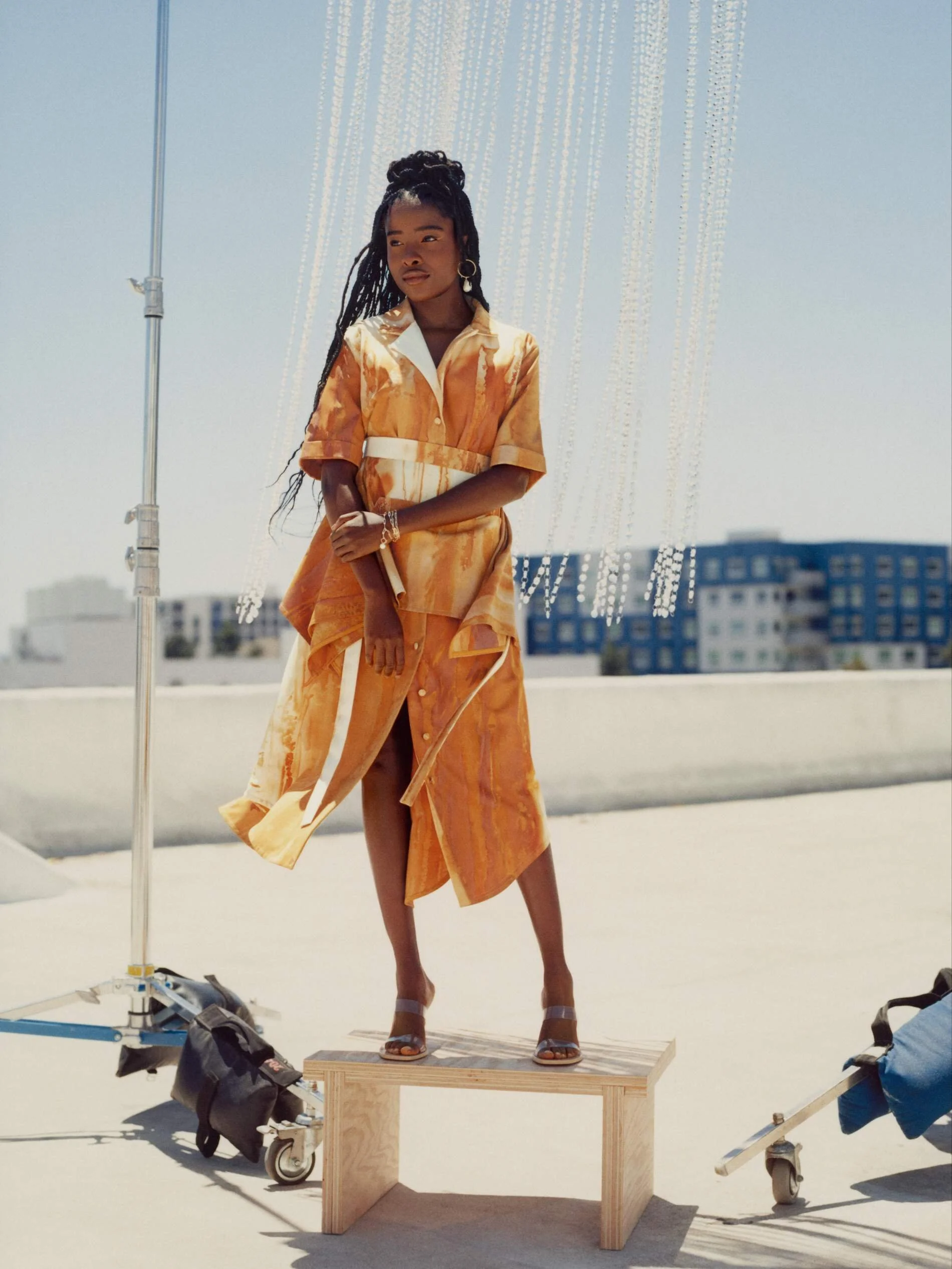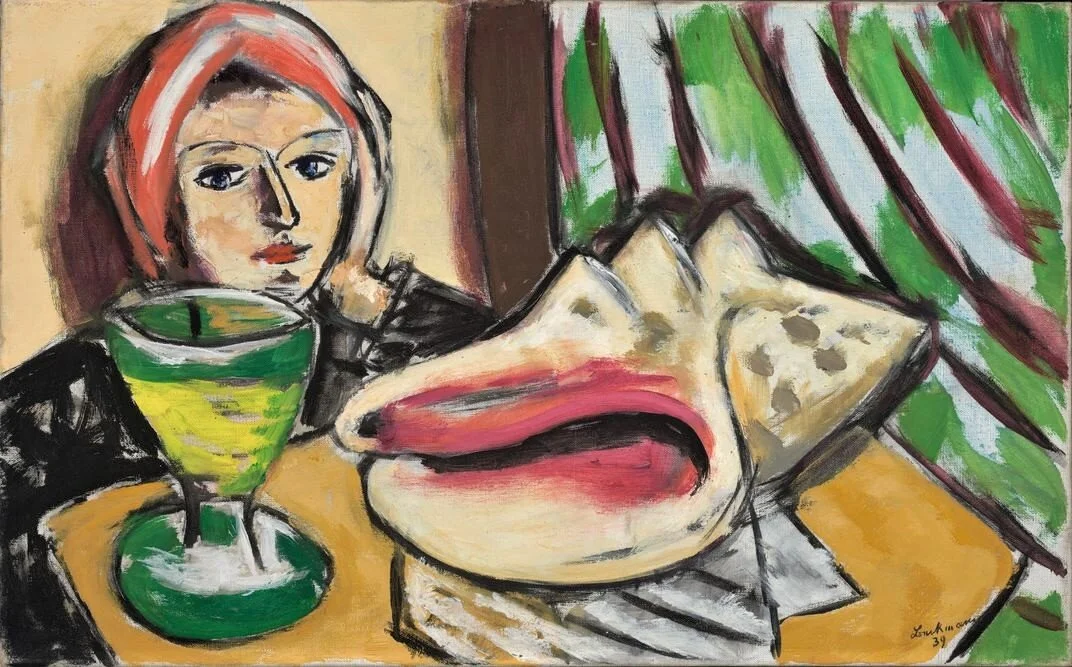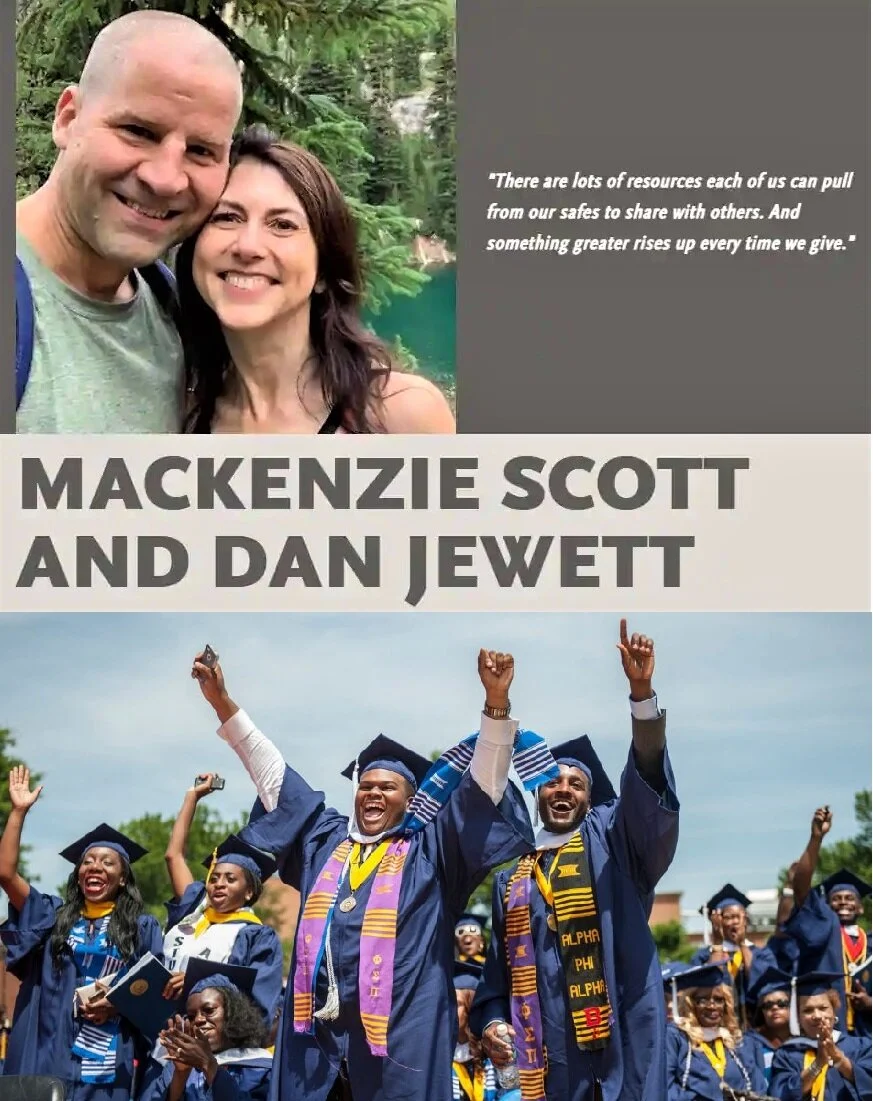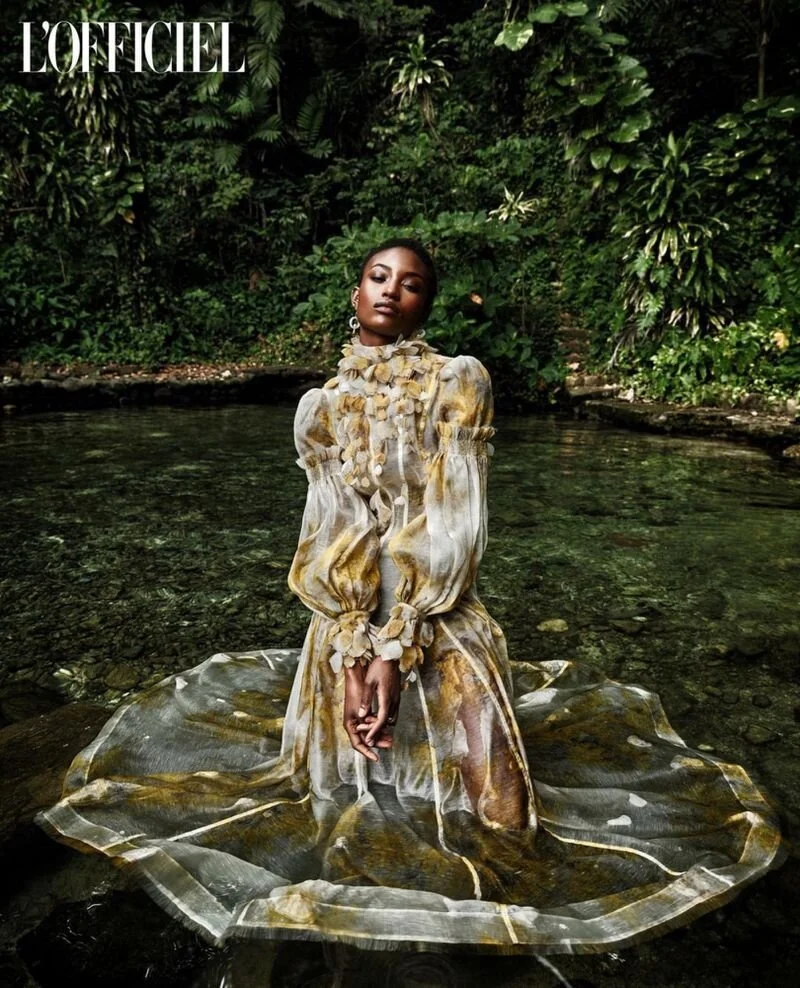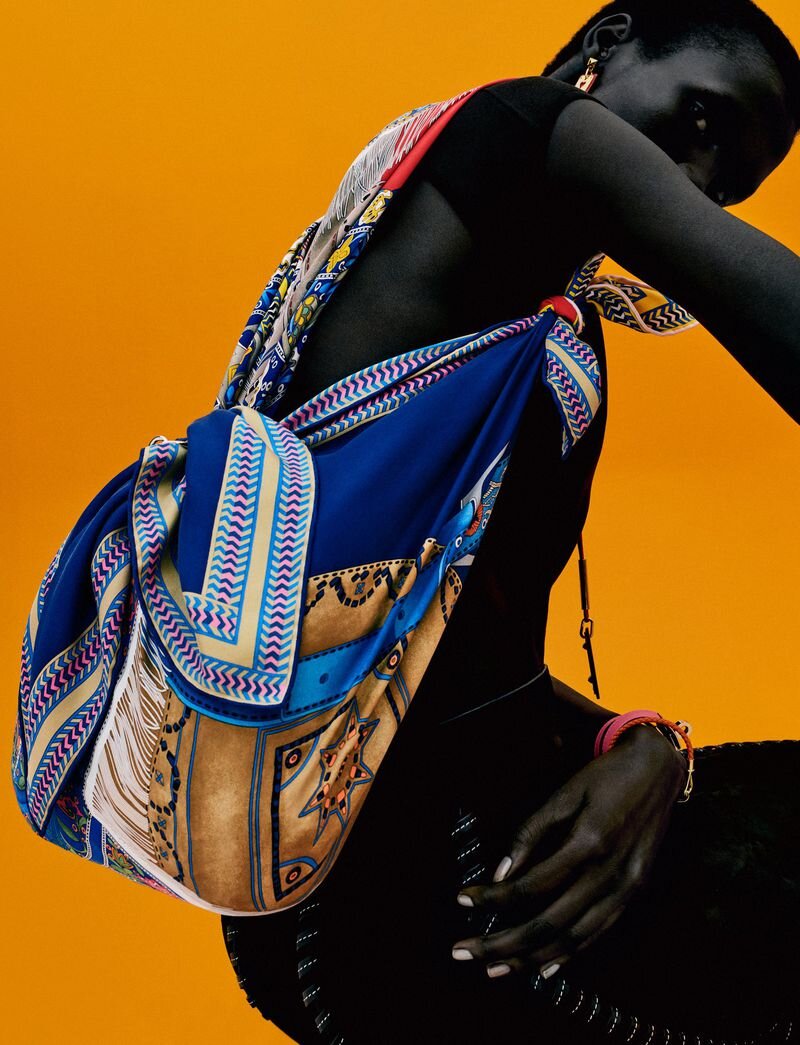One of the Largest Subspecies of Giraffes Is Declared Endangered: the Masai
/By Jason Daley. First published on Smithsonian.com.
Conservationists have been sounding the alarm bells on giraffes for several years. In 2016, the IUCN listed giraffes as a whole as vulnerable, the status just above endangered after finding that over three decades giraffes suffered up to a 40 percent population drop, plummeting from an estimated 157,000 individuals to 97,500.
Currently, two of the nine giraffe subspecies—the Kordofan and Nubian—are critically endangered, while the Reticulated is endangered. Now, after a recent assessment, the Masai subspecies has also been listed as endangered. It’s the first time the population has been analyzed on its own, and the status is a big deal since there are an estimated 35,000 individual Masai left, making it one of the largest-remaining subspecies of the gentle giants and, therefore, a key population for keeping the species numbers up.
Previously, the Masai subspecies was the most-populous group of giraffes, with an estimated 71,000 individuals. That drop of 49 to 51 percent of the subspecies in the last 30 years was what prompted the listing, according to the Center for Biological Diversity.
“Masai giraffes have long had a robust wild population. An endangered assessment is an eye opener that signals the critical need for giraffe protections,” says Adam Peyman, wildlife programs and operations manager for Humane Society International.
Photo by Harshil Gudka on Unsplash. Masai Mara National Reserve, Kenya
Rachel Fobar at National Geographic reports that the slump in giraffe numbers is directly related to human activity. While hunting of giraffes in Kenya and Tanzania is illegal, an estimated 2 to 10 percent of the population is poached from Serengeti National Park each year alone due to a market for giraffe body parts that has emerged. In parts of Tanzania, it’s reported that some people believe giraffe bone marrow and brains can cure HIV/AIDs. In other places, like the Congo, giraffe tails are considered a status symbol. The market for giraffes is not just a problem on the African continent. An investigation last year by Humane Society International and the Humane Society of the United States found products representing 4,000 individual giraffes have been imported into the U.S. over the last decade.
Habitat encroachment is also a concern. Humans are moving into previously wild areas, leading to problems like vehicle collisions and poaching of animals that cause crop damage.
Though the giraffe’s numbers are now lower than elephants, Julian Fennessy, co-director and co-founder of the nonprofit Giraffe Conservation Foundation, says that giraffes have not gotten the attention that other imperiled African animals, like white rhinos and lions, have received. “They’re the forgotten megafauna, so to speak,” Fennessy tells Fobar. “They’ve sort of slipped away, sadly, while more attention has been given to elephant, rhino, lion, and other species.”
Currently there are no regulations on the buying and selling of giraffe parts since the animal is not covered by the Convention on International Trade in Endangered Species or CITES. But in response to the recent listings of giraffes, an organization of 32 African nations known as the African Elephant Coalition is expected to ask CITES to protect giraffes in a meeting in Geneva next month and have called on the European Union to back their proposal.
“We want to do everything we can to help protect giraffes in our countries and prevent the extinction of the species,” Abba Sonko, who directs CITES activities for Senegal, tells Josh Gabbatiss at The Independent. “The extinction of giraffes has already become a reality in Senegal, unfortunately.”
The United States, too, is looking into the plight of giraffes. In April, the U.S. Fish and Wildlife Service announced plans to conduct a review determining if giraffes should be added to the U.S. Endangered Species list. If they are added, that would mean importing giraffe parts into the country would be illegal without permits, and conservation programs designed to aid the animals would become eligible for federal funding.
Recent research has also suggested that rather than one species with nine subspecies, giraffes might be four distinct species, with the Masai as its own unique species. If that’s the case and giraffes are split, the need for conservation and protection will become even more critical.


